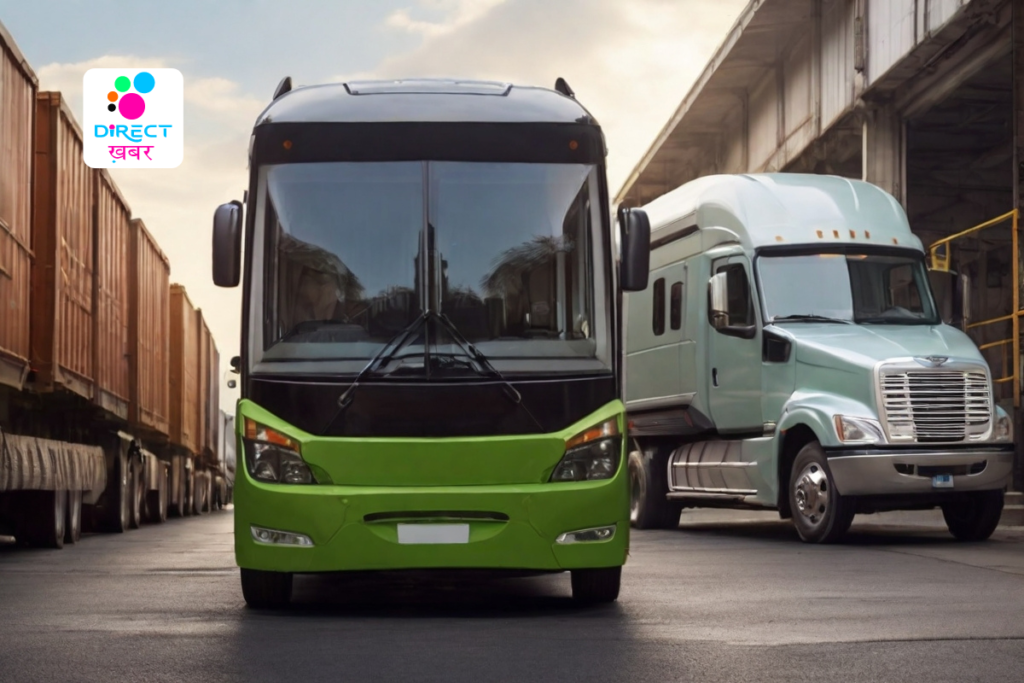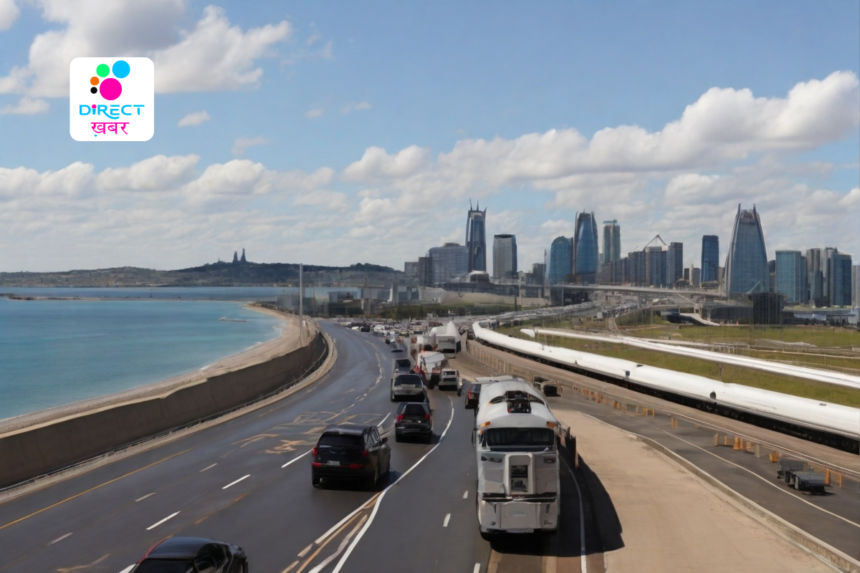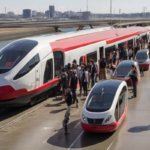Riding the Waves: Adapting to Changes in the Transportation Industry
The transportation industry is undergoing rapid and profound changes driven by technological advancements, shifting consumer preferences, and environmental concerns. From the rise of electric vehicles to the emergence of ride-sharing services and the potential of autonomous vehicles, these changes present both challenges and opportunities for businesses and stakeholders within the industry. In this essay, we will explore the key trends reshaping the transportation landscape and discuss strategies for adapting to these changes effectively.

Technological Innovations:
Electric Vehicles (EVs): The increasing adoption of EVs is reshaping the automotive sector, with major manufacturers investing heavily in electric vehicle technology. Adapting to this trend involves developing infrastructure for EV charging stations, investing in research and development of electric vehicle technologies, and integrating EVs into existing transportation networks.
Autonomous Vehicles (AVs): While fully autonomous vehicles are still in development, the prospect of self-driving cars presents significant opportunities for the transportation industry. Adapting to this trend requires investment in AV technology, addressing regulatory challenges, and reimagining transportation services and infrastructure to accommodate autonomous vehicles.
Mobility as a Service (MaaS): MaaS platforms are transforming how people access transportation services, offering integrated mobility solutions that combine public transit, ride-sharing, and other modes of transport. Adapting to this trend involves collaborating with MaaS providers, integrating services with existing transportation systems, and leveraging data analytics to optimize service delivery.

Shifting Consumer Preferences:
Sustainability: Increasing awareness of environmental issues is driving consumer demand for sustainable transportation options. Adapting to this trend requires investing in eco-friendly technologies, promoting public transportation and active modes of transport such as cycling and walking, and incorporating sustainability into business practices.
Convenience: Consumers are increasingly prioritizing convenience and flexibility in their transportation choices, favoring on-demand services and seamless mobility experiences. Adapting to this trend involves enhancing digital platforms, improving last-mile connectivity, and offering personalized transportation solutions tailored to individual preferences.
Safety: Safety concerns are paramount for consumers when choosing transportation options. Adapting to this trend requires implementing rigorous safety standards, leveraging technology to enhance vehicle safety features, and providing transparent communication regarding safety protocols.
Regulatory and Policy Considerations:
Regulatory Frameworks: The transportation industry is subject to a complex web of regulations governing safety, emissions, and competition. Adapting to regulatory changes involves staying abreast of evolving laws and policies, engaging with policymakers to shape regulatory frameworks, and ensuring compliance with legal requirements.
Public Policy Initiatives: Governments are increasingly prioritizing initiatives to promote sustainable and inclusive transportation systems, such as investing in public transit, incentivizing electric vehicle adoption, and supporting alternative modes of transport. Adapting to these initiatives involves participating in public-private partnerships, advocating for policies that align with business objectives, and leveraging government incentives and subsidies.
Collaboration and Partnerships:
Industry Collaboration: Adapting to the changing transportation landscape requires collaboration among stakeholders across the industry ecosystem, including manufacturers, technology providers, transportation operators, and policymakers. Collaborative efforts can foster innovation, drive economies of scale, and address common challenges more effectively.
Strategic Partnerships: Forming strategic partnerships with other companies and organizations can provide access to complementary resources, expertise, and market opportunities. Whether through joint ventures, alliances, or mergers and acquisitions, strategic partnerships can enhance competitiveness and facilitate adaptation to industry changes.

Investing in Talent and Skills:
Skills Development: The evolving nature of the transportation industry demands a workforce with diverse skills and expertise, including in areas such as technology, data analytics, sustainability, and customer experience. Adapting to industry changes involves investing in employee training and development programs, recruiting talent with relevant skills, and fostering a culture of innovation and continuous learning.
Talent Retention: Retaining top talent is crucial for organizations seeking to adapt to changes in the transportation industry. This requires offering competitive compensation and benefits, providing opportunities for career advancement and professional growth, and creating a supportive work environment that values diversity and inclusion.
The transportation industry is undergoing rapid transformation driven by technological advancements, shifting consumer preferences, and regulatory changes. Adapting to these changes requires a proactive approach, involving investments in technology, collaboration among stakeholders, and a focus on sustainability and innovation. By embracing these strategies, businesses and organizations can navigate the shifting landscape of the transportation industry and position themselves for success in the future.






